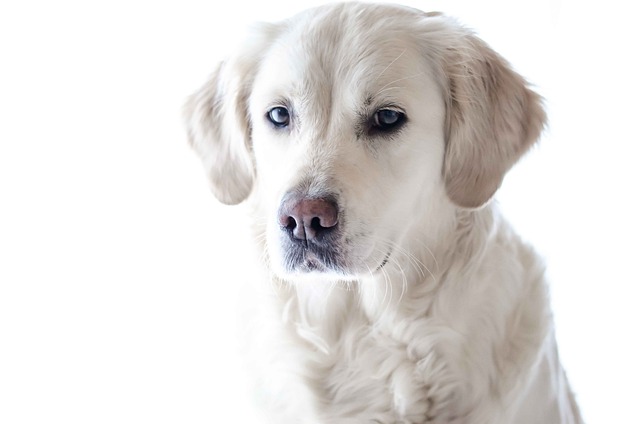
How can I tell if my dog's heatstroke is serious
Let’s be real: It’s a sticky August morning in Los Angeles, and you took your 2-year-old Golden Retriever, Max, for a walk a little later than usual
As a dog owner, when you notice small white flakes similar to human dandruff on your furry pet one day, you're bound to be filled with worry and confusion. Dandruff in dogs, scientifically known as seborrhea, not only affects their appearance but may also indicate underlying health issues. Understanding how to address this problem is crucial for your dog's well - being.
There are multiple reasons why dogs develop dandruff. Dry skin is one of the common factors. Just like humans, a dog's skin can become dry due to environmental influences. In cold and dry weather, the moisture in the air decreases, causing the natural oils on the dog's skin to evaporate. As water is lost, the skin becomes dry and flaky, and dandruff follows. Central heating systems in winter can make the indoor air even drier, exacerbating the problem.
Diet also plays a crucial role in a dog's skin and coat health. A diet lacking in essential nutrients such as fatty acids, vitamins (especially vitamin E and B - complex vitamins), and minerals can lead to dry and flaky skin. For instance, omega - 3 and omega - 6 fatty acids are essential for maintaining the integrity of the skin cell membrane. Without these fatty acids, the skin cannot retain moisture, resulting in dandruff. The problem is even more severe if the dog is fed a low - quality commercial dog food with high fillers and low nutritional value.
External parasites such as fleas, mites, and lice can irritate a dog's skin. These tiny creatures bite the skin, causing itching and inflammation. When the dog scratches, the skin is damaged, and the normal skin cell renewal process is disrupted, leading to excessive flaking. Additionally, fungal and bacterial infections can cause dandruff. Dogs with oily skin are particularly prone to yeast infections, which can make the skin scaly.
Hormonal imbalances, such as hypothyroidism, can also affect a dog's skin health. The hormones secreted by the thyroid regulate various body functions, including skin metabolism. When the thyroid function is low, the normal function of the skin is disrupted, becoming dry, thickened, flaky, and may be accompanied by hair loss.

Identifying dandruff in dogs is relatively easy. Look for small white or grayish flakes on the dog's fur, especially on the back, neck, and shoulders. They may be more noticeable when you part the fur. Besides the flakes, the dog may show signs of itching, scratching, or chewing on the skin. Excessive licking, hair loss, or red and inflamed skin in certain areas may also be related to dandruff. However, note that these symptoms can also be caused by other skin problems. So, if you're unsure, it's best to consult a veterinarian.
To address the dandruff problem in dogs, adjusting the diet is the first step. Switch to a high - quality dog food rich in essential nutrients. Choose a dog food that contains high - quality protein sources such as chicken, beef, or fish, as these proteins are the foundation for healthy skin and coat. At the same time, ensure that the food contains sufficient omega - 3 and omega - 6 fatty acids. You can also supplement your dog with fish oil capsules, which are an excellent source of omega - 3 fatty acids. They can reduce skin inflammation and improve the skin's moisture - retaining ability. For some dogs, probiotics can be beneficial as they can improve the overall health of the digestive system, thus having a positive impact on skin health.
Regular grooming is essential for maintaining a dog's skin and coat health. Brushing your dog frequently helps distribute the natural oils secreted by the skin evenly over the fur, keeping the skin moist and reducing dandruff. Depending on the dog's hair type, choose a soft - bristle brush or a grooming glove. For long - haired dogs, a pin brush can be used to remove tangles and dead hair. Bathing is also important, but never over - bathe, as this can wash away the skin's natural oils, leading to dryness and dandruff. Use a gentle, dog - specific shampoo that can soothe the skin and maintain the natural pH balance of the skin. Look for shampoos containing ingredients like aloe vera, oats, or tea tree oil, which have moisturizing and anti - inflammatory properties.
If parasites are causing the dog's dandruff, treatment is necessary. There are many over - the - counter and prescription flea and tick products available, in the form of topical drops, collars, or oral medications. For mite and lice infections, the veterinarian may prescribe medicated shampoos or topical treatment medications. If a fungal or bacterial infection is suspected, the veterinarian may take a skin scraping or conduct a culture to determine the type of infection and then prescribe appropriate antifungal or antibacterial medications.
If a hormonal imbalance, such as hypothyroidism, is diagnosed, the veterinarian will develop a treatment plan, usually hormone replacement therapy, typically in the form of daily thyroid medication. Regular blood tests are also required to monitor the dog's thyroid function, and the medication dosage can be adjusted if necessary. With proper treatment, the skin symptoms caused by hormonal imbalance can improve significantly.
In fact, preventing dandruff in dogs is often easier than treating it. Maintaining a healthy diet, regular grooming, and a clean living environment are helpful in preventing dandruff. Keep the dog's living area clean and free of fleas and other parasites. Provide plenty of fresh water to prevent dehydration, as dehydration can also cause dry skin. Additionally, if the dog has a history of skin problems, consider consulting a veterinarian for preventive measures, such as regular skin checks and dietary supplements.
In conclusion, solving the problem of dandruff in dogs requires understanding the causes, proper identification, and appropriate treatment. By taking good care of your dog's diet, grooming, and overall health, you can help your dog have a healthy, dandruff - free coat. Your dog's health and happiness are in your hands. A little more attention can greatly improve their quality of life.

Let’s be real: It’s a sticky August morning in Los Angeles, and you took your 2-year-old Golden Retriever, Max, for a walk a little later than usual
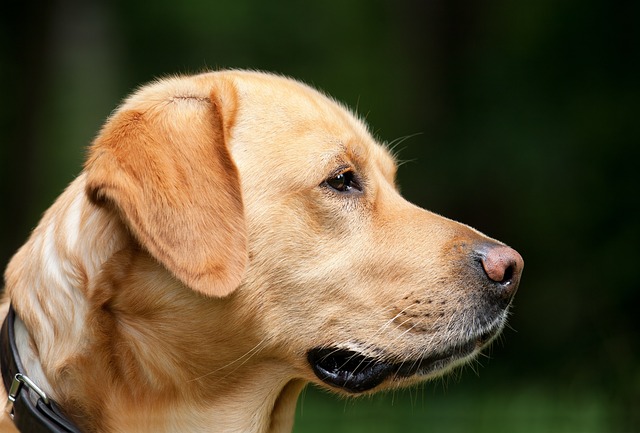
You're enjoying a summer afternoon at the park when you notice your dog has stopped panting and appears disoriented - their gums are bright red
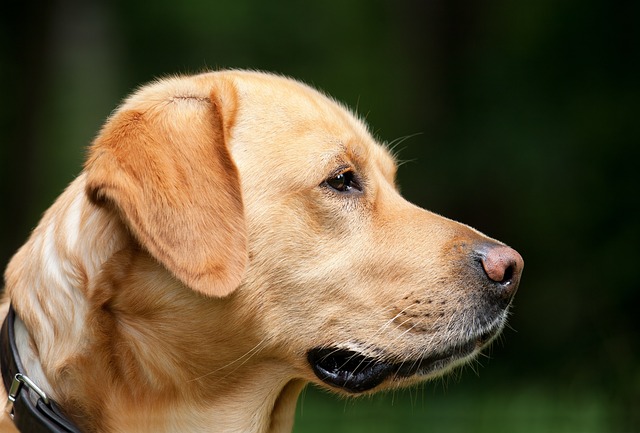
Let’s paint the picture: You’re in your Denver apartment, watching your 4-year-old Boston Terrier, Ruby, plop down mid-play session with her favorite toy

Many dog owners notice their pets nails seem shorter after regular walks,but how much does this daily activity actually help?The answer depends on where you walk—concrete sidewalks or asphalt streets gently file nails as a dog's paws hit the ground
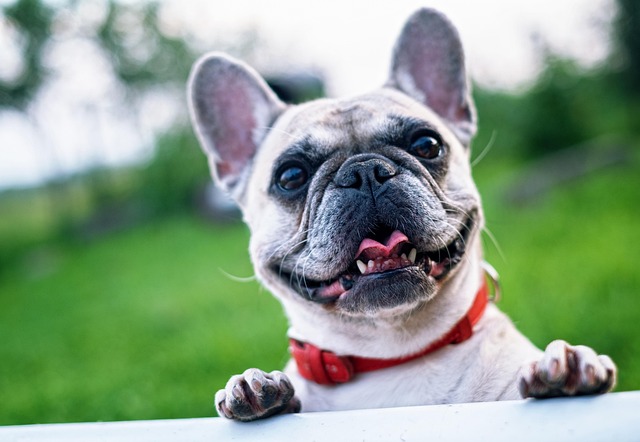
Most dog owners notice their pup scooting across the carpet at some point, but few connect it to impacted anal glands. These small sacs near a dog’s rectum secrete a scent for marking territory
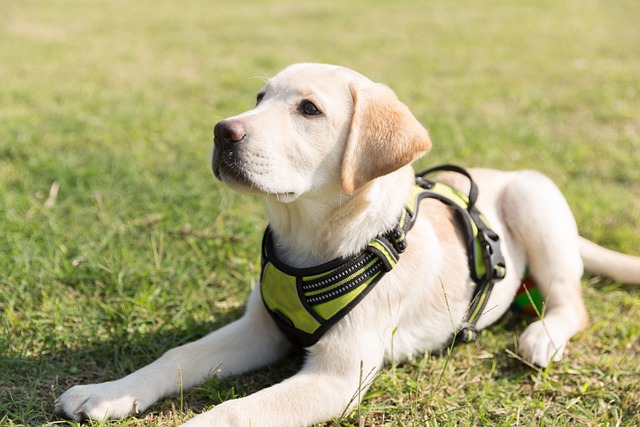
Most vets agree that regular dog teeth cleaning is key to avoiding painful dental issues later. For healthy adult dogs, a professional cleaning at the vet’s office every 12 to 18 months usually works well.